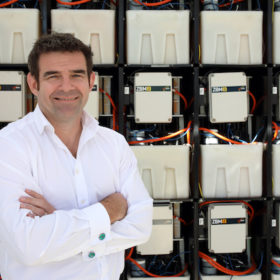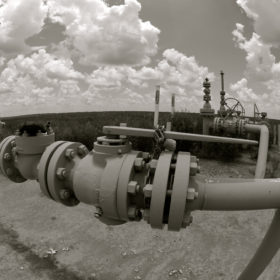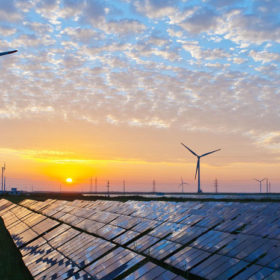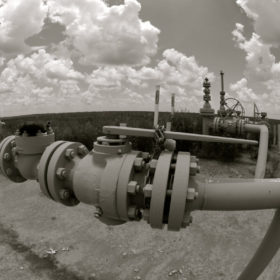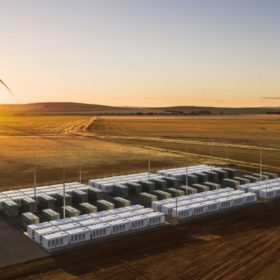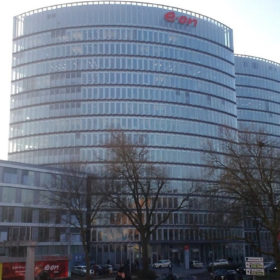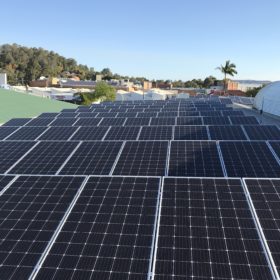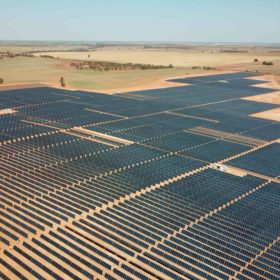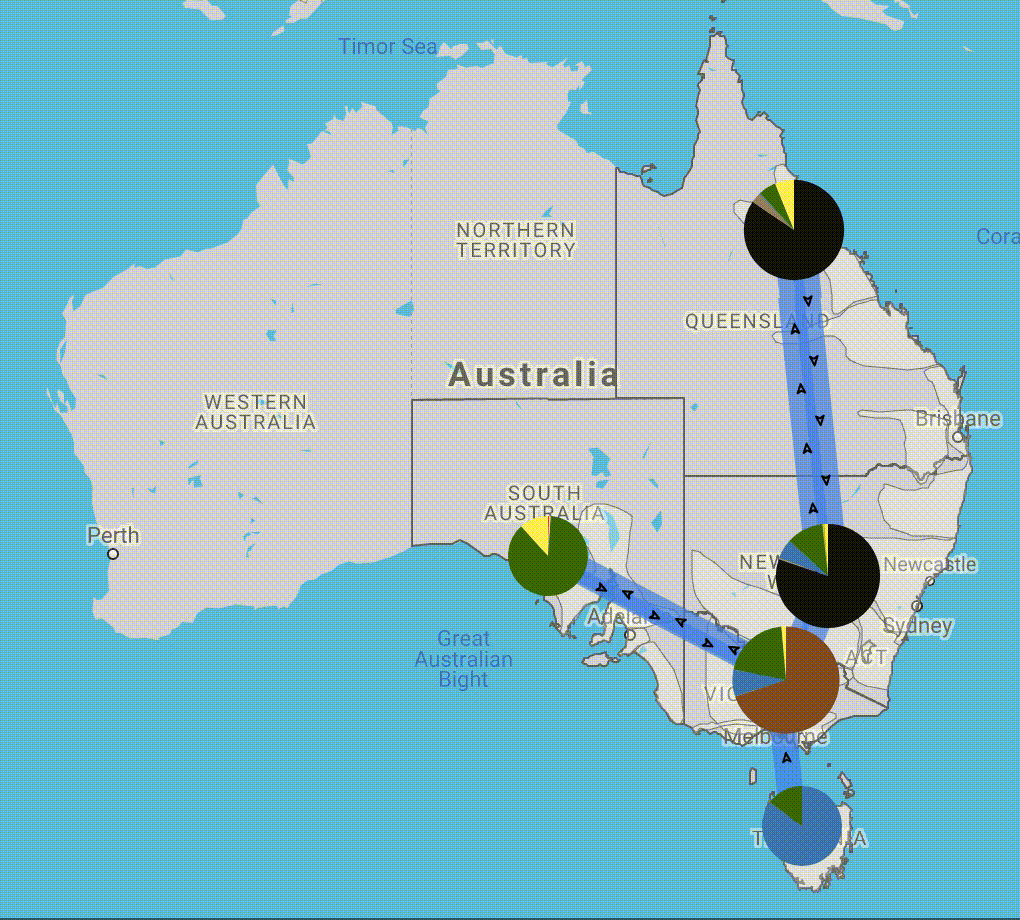Redflow’s optimism despite recent revenue delays pays off
Redflow has won a significant order of its ZBM2 zinc-bromine flow batteries for mobile phone tower sites across South Africa in a deal which should see the Australian energy storage company receive revenue this calendar year.
‘Mono will supply 80% of the world’s solar by 2021’
Polysilicon manufacturer Daqo has announced the start of pilot production in Xinjiang and expects to ramp up to full output by the end of the year, doubling the company’s annual capacity to 70,000 MT. Some 90% of its poly will be mono by that stage and Daqo expects 40% to be suitable for n-type products next year.
‘The world has no chance of beating climate change if natural gas is part of the mix’
A report by Germany’s Energy Watch Group thinktank has said we would be better off sticking to coal and oil than switching to gas because emissions of methane, the most potent greenhouse gas, caused by gas extraction render any related carbon savings irrelevant.
Canberra: First city outside Europe to transition to 100% renewable electricity
The Australian Capital Territory will soon become the first state or territory in Australia to achieve a transition to 100% renewable electricity and join a handful of major jurisdictions across globe that have made the move.
Western Australia opens Renewable Hydrogen Fund
The Western Australian Government has launched a $10 million Renewable Hydrogen Fund in a bid to drive a new job-creating industry harnessing the state’s renewable resources. The fund’s strategic focus areas will be export, remote applications, blending in gas network and transport.
Long read: Is Neoen’s massive SA hybrid renewables plant feasible?
French renewable developer Neoen’s proposed hybrid power plant in South Australia is a monster, but is it a monster we can believe in? Along with industry experts we investigate the feasibility of Neoen’s Goyder South project.
EU approves Eon’s bid to take over Innogy
It took a while, but now the energy giants can finalize the mega deal. Rival energy companies have criticized approval of the deal amid fears Eon could dominate the German market.
Another Victoria solar rebate offering taken up in minutes
September’s second round offering was snapped up in under half an hour, signaling there is still a long way to go before supply catches up with demand.
Victoria introduces new solar farm guidelines to all planning schemes
New planning guidelines for large scale solar development in Victoria are now part of all state planning schemes. The Victorian government hopes to deliver consistent guidance in terms of choosing the right locations for solar development and encourage investment as it moves towards its 50% renewables goal by 2030.
ITP Renewables releases free open-source modelling platform for the energy transition
ITP Renewables has released Version 1 of open-CEM, an open-source modelling platform that allows users play out tailored made energy-transition scenarios on the National Electricity Market (NEM) for years simulated up to 2050. The platform is an extraordinary tool for investors, policy makers, project developers and the public.
